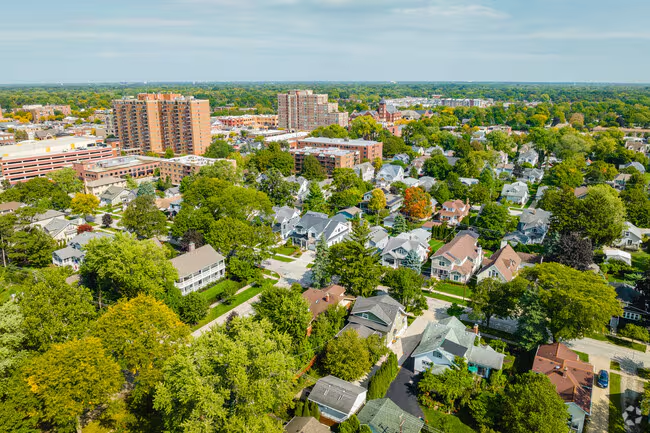
Professional Financial Services in Arlington Heights, IL
At Informed Loans, we specialize in helping you navigate your financial journey with personalized advice and services. Whether you're planning for retirement, investing, or seeking insurance solutions, our team is here to support you every step of the way.
Community Engagement
We actively participate in local events and support our neighbors, believing that a strong community benefits everyone.
Integrity
We prioritize honesty and transparency in all our dealings, fostering trust with our clients.
Customer Focus
Our clients are at the heart of everything we do. We listen to their needs and tailor our services accordingly.
Our Financial Services
At Informed Loans, we provide a range of financial services tailored to meet your unique needs. Our team is dedicated to helping you navigate the world of finance with confidence.
Dedicated Financial Team in Arlington Heights - Informed Loans
At Informed Loans, our dedicated financial team is committed to guiding you through your financial journey. With a diverse background in finance, our professionals are here to assist you.
Discover Informed Loans - Your Local Financial Partner
Informed Loans is dedicated to providing tailored financial services to the Arlington Heights community. Our local expertise ensures that we meet the unique needs of our clients.
Community Engagement
We actively participate in local events and support our neighbors, believing that a strong community benefits everyone.
Integrity
We prioritize honesty and transparency in all our dealings, fostering trust with our clients.
Customer Focus
Our clients are at the heart of everything we do. We listen to their needs and tailor our services accordingly.
Education
We provide resources and guidance to help our clients enhance their financial literacy, making informed decisions.
What Our Clients Say
“Informed Loans made my home buying experience so easy and stress-free. Their team was with me every step of the way, providing clear communication and expert advice. I couldn't have asked for a better service!”
Jessica P.
“I had a great experience with Informed Loans. They were very responsive and helped me understand all my options. The only downside was a bit of a wait time for the final approval, but overall, I'm satisfied!”
Mark L.
“Highly recommend Informed Loans! They helped me secure a fantastic mortgage rate and guided me through the entire process. The team was knowledgeable and friendly, making everything so much easier.”
Sarah T.
“Informed Loans exceeded my expectations. They provided exceptional service and tailored solutions that fit my needs perfectly. I felt supported throughout the entire loan process.”
David R.
“I appreciate the dedicated service from Informed Loans. They took the time to answer all my questions and made the process transparent. Would definitely consider them for future needs!”
Emily N.
Frequently Asked Questions
What types of financial planning services do you offer?
We offer personalized financial planning services that include retirement planning, investment management, and insurance solutions tailored to your needs.
Contact usHow can I get started with Informed Loans?
Getting started is easy! Simply contact us through our website or call us directly to schedule a consultation.
Contact usAre your services available to Arlington Heights residents?
Yes, we proudly serve clients in Arlington Heights and the surrounding areas, providing tailored financial solutions.
Contact usLatest Insights
Connect with Informed Loans in Arlington Heights, IL
We're here to assist you with your financial inquiries. Contact Informed Loans today for personalized service in Arlington Heights.



